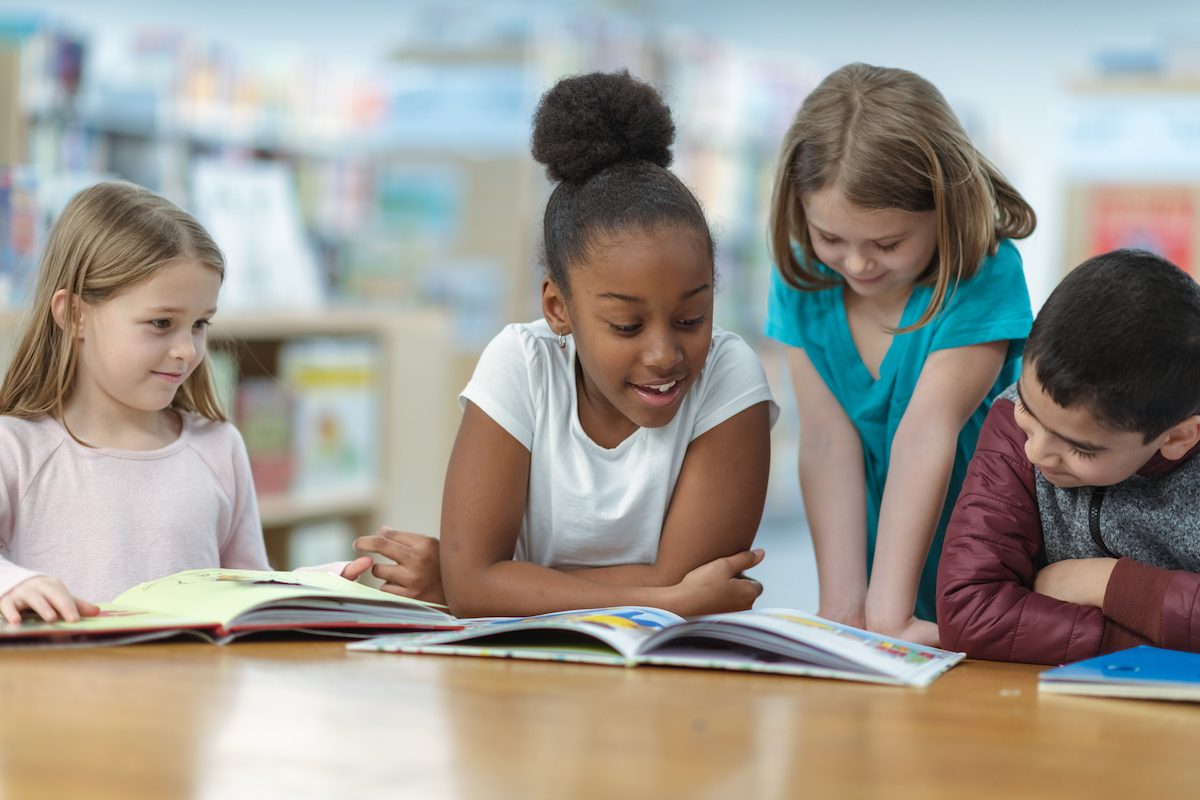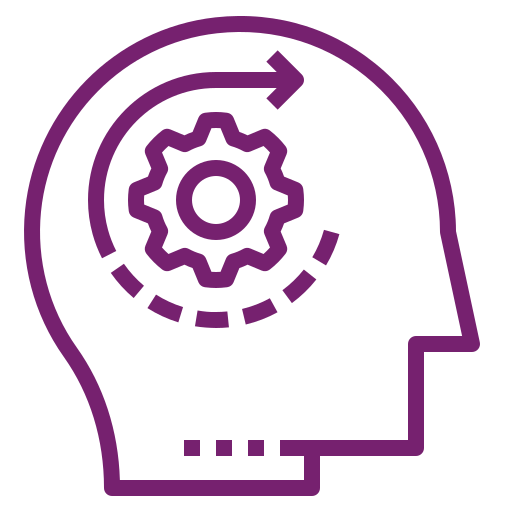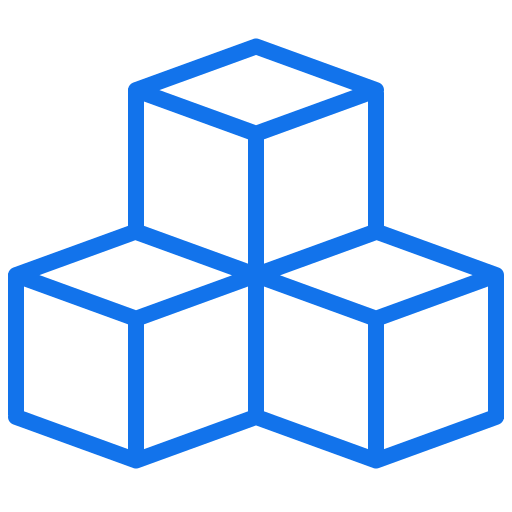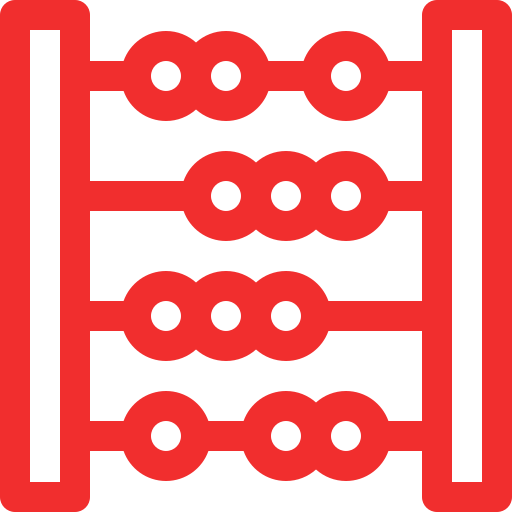How We Differ From a Traditional Daycare And Kindergarten
Parents of our students will tell you that the biggest difference between our school and a traditional daycare or kindergarten can be found in the light they see in their child’s eyes each day. This light is their child’s drive to learn and develop; it represents the key contrast between Montessori schools and traditional schools.
Both Montessori and traditional preschools have the same goal: to provide learning experiences for the child. The differences lie in the types of learning experiences each school provides and the methods they use to accomplish this goal. We believe these differences are crucial because they help shape how a child learns, whether they enjoy learning, and their future attitude towards themselves and the world around them.

Language
Language Lessons are incorporated into all curriculum areas to assist with vocabulary development, progression into reading, spelling , development of writing skills and composition. Language in Montessori starts with individual letter sounds. Sandpaper Letters provide children with a multisensory experience that helps them imprint the letter shapes into their memory.
Kindergarten children master skills such as, dictionary skills, poetry, penmanship and parts of speech and grammar. Each skill builds to another and forms a solid base which leads to smooth integration with other subjects.
Cultural
Cultural Activities are a specific extension of the language curriculum where children begin to acquire a sense of historical fact, classification of physical geography and an appreciation of cultural differences. Science includes physical science, botany and zoology. Geography explores the different cultures and countries of each continent. History gives children a sense of time and their place in time. A variety of hands-on activities enrich the knowledge of subjects and their overall area, such as the Sandpaper Globe.
Practical Life Skills
Practical Life is the study of self-help skills and focuses on the four major areas, Care of Self, Care of Environment, Grace and Courtesy, and Movement. Through Practical Life materials, children build self confidence and develop large and fine motor skills, which lead to handwriting.
It is important for each child to participate in activities to prepare him for his environment, that allow him to grow independently and use his motor skills, as well as allow the child to analyze difficulties he may have in the exercise and problem solve successfully. Practical Life Exercises also helps the child develop his coordination in movement, his balance and his gracefulness in his environment as well as his need to develop the power of being silent.
Sensorial
Sensorial uses a multi-sensory approach to education. Children are encouraged to learn by processing information gathered through the senses. Specially designed materials engage multiple senses to reinforce basic concepts. For example, the Geometric Cabinet uses the senses of touch and sight to learn the differences in shapes. Children build their vocabulary skills by naming the shapes and gain a basic understanding of geometry concepts.
Math
Math continues the cognitive math development that began in the Practical Life Skills and Sensorial curriculum, taking an acute focus and more abstract thinking process with concrete materials. With the Colored Bead System, children learn such skills as basic addition, skip counting- which leads to multiplication and number building up to four digit numbers.
In Kindergarten, Math skills continue with pattern recognition, numeral recognition into the thousands, classifications, problem solving, estimating, place value, and operations. Their work moves from being simple and concrete to more complex and abstract.



